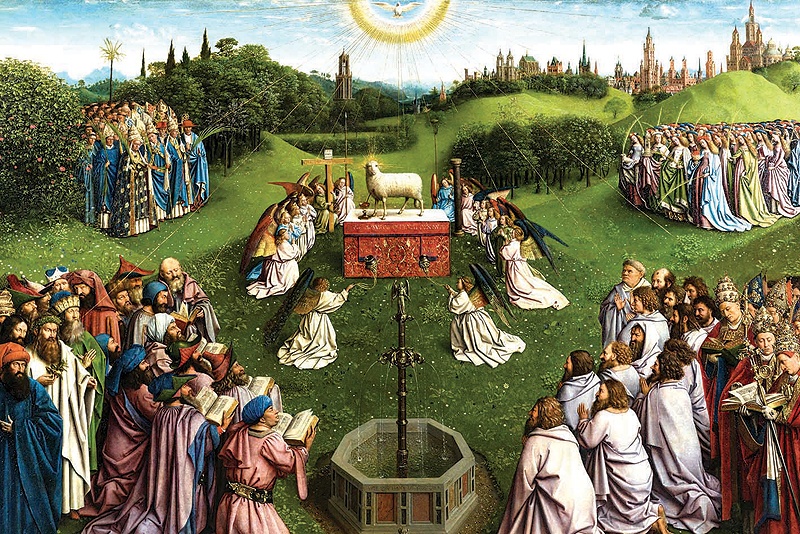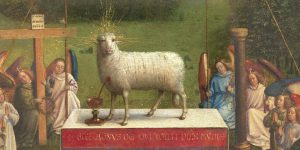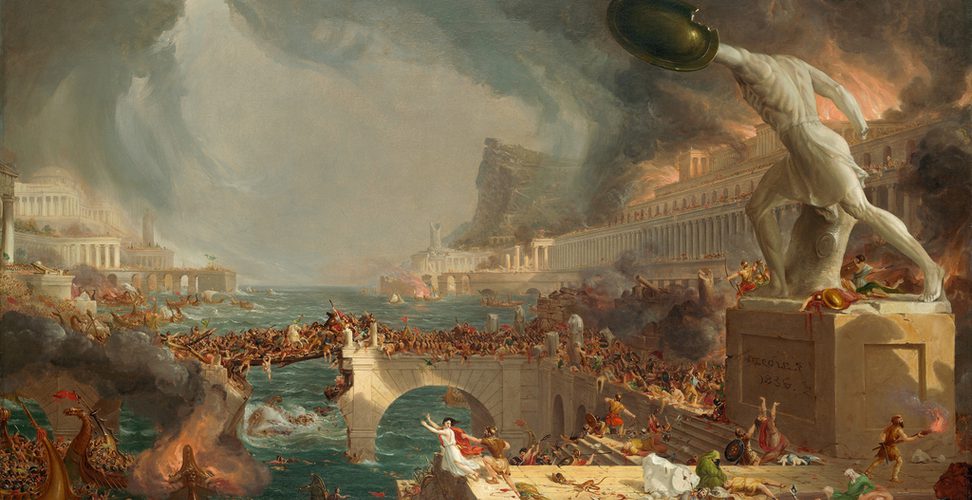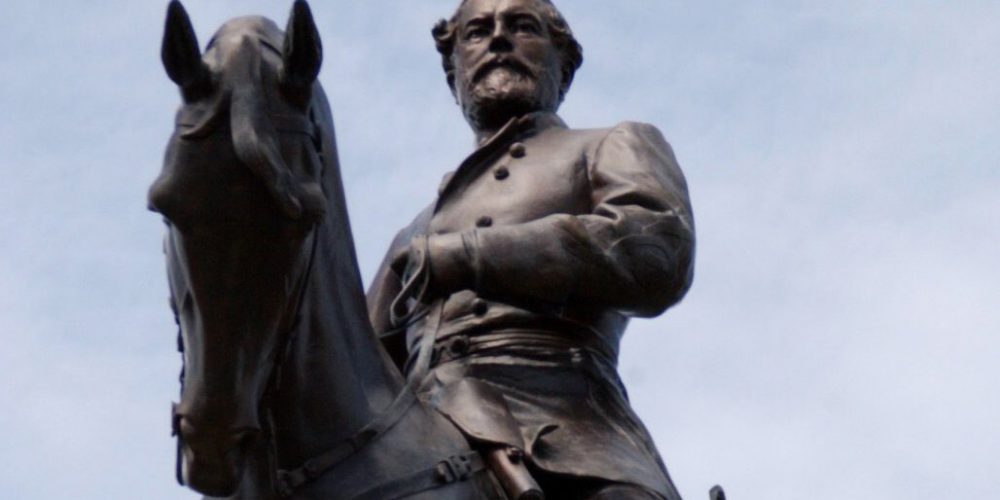“The Adoration of the Mystic Lamb”: the restored masterpiece returns to its former glory

Painstaking operation to return The Adoration of the Lamb to its former glory has left many speechless
A restoration of one of the world’s most famous paintings has been described as “a shock for everybody” after it revealed a depiction of a sheep with extremely human-like eyes.
The Ghent Altarpiece, completed by Hubert and Jan van Eyck in 1432, is a 15th-century masterpiece in St Bavo’s Cathedral in Belgium, widely considered to be the first major artwork to use oil paint.
For centuries, its central panel – titled The Adoration of the Mystic Lamb – featured a demure sheep (the Lamb of God) being sacrificed on an altar as a representation of Jesus Christ.
The sheep was painted over by a different artist in 1550. But a multi-million-dollar restoration has now revealed the original, startling face of the titular ovine.
Described by the Smithsonian Magazine as “alarmingly human-like”, the new Ghent lamb now has larger, more vibrant eyes and a more detailed, flared pink nose.

Unlike some other art restorations, the Ghent lamb has been professionally restored to how it originally looked.
The head of restoration, Hélène Dubois said, “Nothing like this had ever been observed on early Netherlandish painting.”
Curators from Belgium’s Royal Institute for Cultural Heritage used surgical scalpels and microscopes to remove old paint “centimetre by centimetre”, over three years, to reveal the original sheep.
“There are no words to express the result,” they said in a statement on the royal institute’s website. “Liberated from the thick layers of yellow varnish and the coarser overpaints, we can discover the Van Eycks’ sublime virtuosity in abundance.”
The institute said their restoration had “brought back the original vividness, richness of detail and brilliant colours for all to see”, concluding that “the Adoration of the Mystic Lamb is overwhelmingly beautiful.”
Only 5% of the original paint was lost, curators said.
Images of the lamb’s two faces side-by-side have been circulating on social media and described as a breathtaking wonder.

The central panel featuring the lamb will be returned to the cathedral on 24 January, where it will be put on display for the public in an event titled “The return of the Lamb”.
The altarpiece is made up of multiple panels, and is 15 feet wide and 11 feet tall when fully opened.
The restoration was completed in December. The Ghent lamb now joins other shocking artistic works such as the repainted statue of St George in Estella in Spain, and the baby Jesus statue in Ontario in Canada.


































